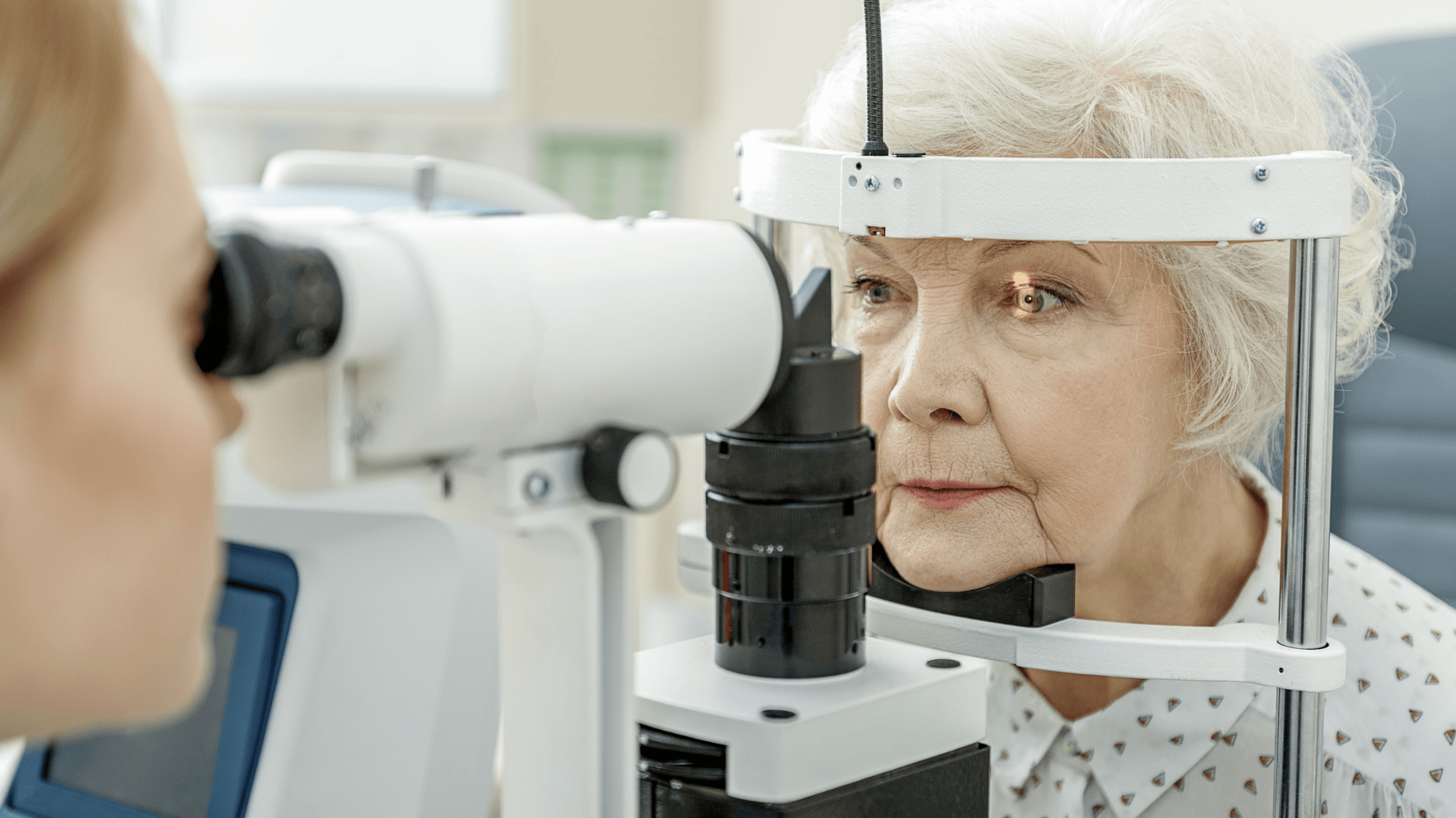How Does an Eye Doctor Test for Glaucoma?
&srotate=0)
At West County Ophthalmology, our team is deeply committed to safeguarding the vision of our patients through comprehensive eye care services. One critical aspect of maintaining eye health is the early detection and management of glaucoma, a condition that can lead to significant vision loss if not properly managed. With an array of sophisticated tests designed to evaluate eye pressure and the overall health of the eye, we are proud to offer state-of-the-art diagnoses and treatments for this eye condition. By incorporating discussions about normal eye pressure readings, the importance of monitoring eye pressure, and the latest diagnostic techniques, we aim to empower patients with knowledge and encourage proactive eye health management. For more information on how we can help you, contact our facility in Chesterfield, MO today.
What is glaucoma?
Glaucoma is a group of eye conditions characterized by damage to the optic nerve, often associated with increased pressure within the eye, known as intraocular pressure. This condition can lead to loss of vision and, ultimately, blindness if not diagnosed and treated early. Glaucoma is particularly insidious because it can progress without noticeable symptoms in its early stages, making regular eye exams crucial for early detection. While normal eye pressure readings vary from person to person, maintaining them within a healthy range is key to preventing the onset or progression of glaucoma. Despite the challenges it presents, with timely intervention, the progression of glaucoma can often be significantly slowed or halted, preserving vision.
How is glaucoma tested?
Testing for glaucoma in Chesterfield, MO involves a range of diagnostic procedures to assess the health of the eyes and detect any signs of the disease:
- Tonometry: Measures the internal pressure of the eye to detect increased eye pressure, a risk factor for glaucoma.
- Ophthalmoscopy: Examines the shape and color of the optic nerve for signs of damage.
- Perimetry: Also known as a visual field test, checks the complete field of vision to identify any areas of vision loss.
- Gonioscopy: Evaluates the angle in the eye where the iris meets the cornea to determine if it is open or narrow, which can affect fluid drainage.
- Pachymetry: Measures corneal thickness since corneal thickness can influence eye pressure readings.
- Imaging Tests: Advanced imaging technology provides detailed images of the eye's structures to help assess for any abnormalities indicative of glaucoma.
How are normal eye pressure readings determined?
Normal eye pressure readings typically range from 12 – 22 mm Hg (millimeters of mercury). During a comprehensive eye exam, eye doctors use tonometry to measure eye pressure. Understanding these readings is crucial because consistently high eye pressure is a significant risk factor for glaucoma.
What does the air puff test reveal about eye pressure?
The air puff test, or non-contact tonometry, is a common method used to screen for high eye pressure. By directing a quick puff of air onto the eye's surface, the instrument measures the eye's resistance, helping to gauge the internal pressure. Though it may startle patients, it's a quick and virtually painless procedure.
Diagnose glaucoma early on
Regular visits to West County Ophthalmology in Chesterfield, MO help maintain healthy vision and can prevent diseases like glaucoma. By staying informed about your eye health and the significance of normal eye pressure readings, you're taking an active step toward preserving your sight. Whether you're due for a routine eye exam or have concerns about glaucoma and eye pressure, our team is here to help. Contact us today to schedule your appointment and ensure your eyes are protected from glaucoma's silent threat.